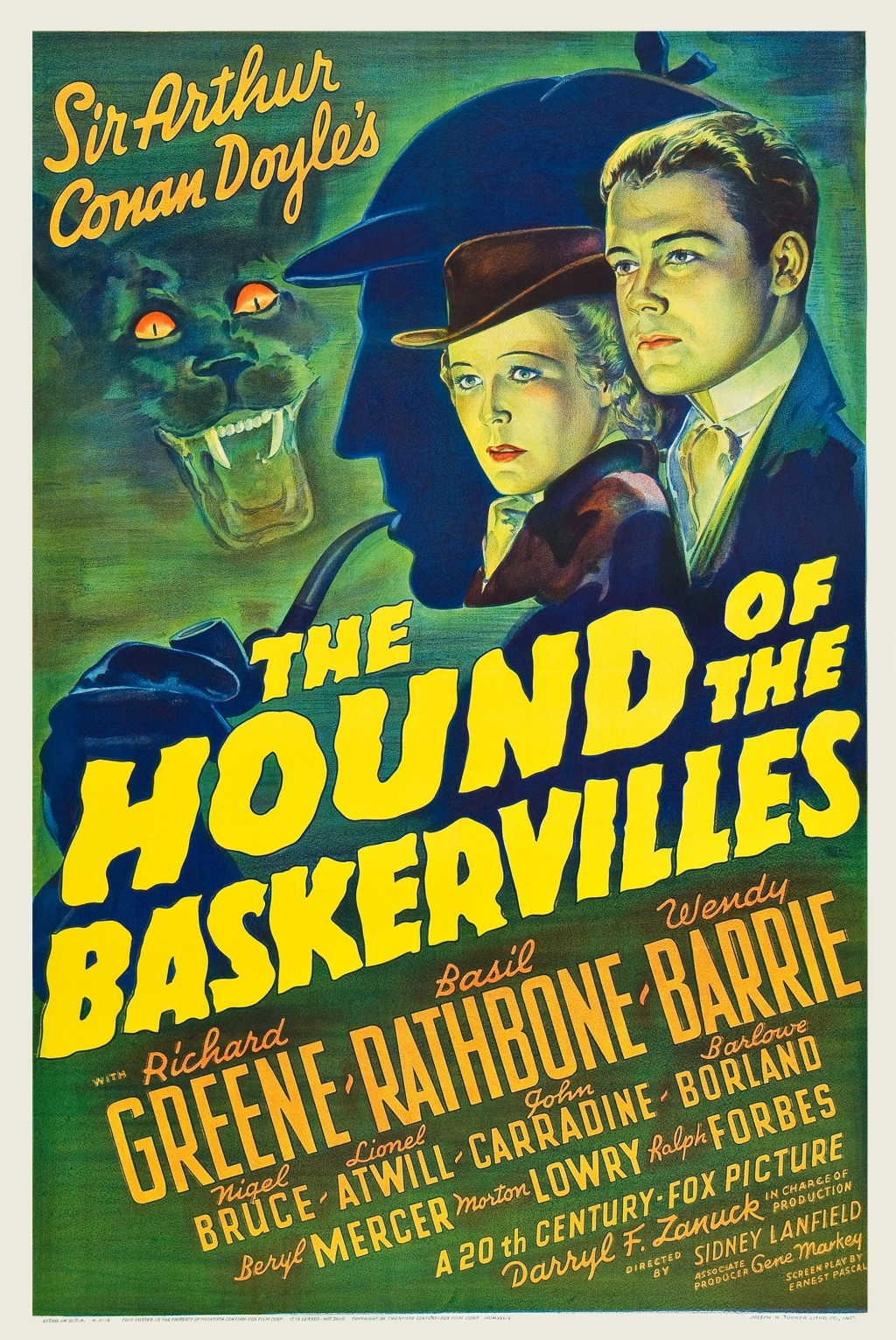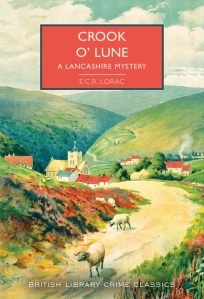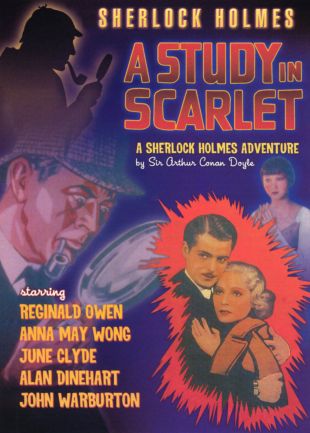
Originally Published 1938
Great Barwick’s least popular man is murdered on a train. Twelve jurors sit in court. Four suspects are identified—but which of them is on trial? This novel has all the makings of a classic murder mystery, but with a twist: as Attorney-General Anstruther Blayton leads the court through prosecution and defence, Inspector Fenby carries out his investigation. All this occurs while the identity of the figure in the dock is kept tantalisingly out of reach.
Excellent Intentions is a Golden Age crime novel that tells the story of the trial of a person accused of killing Launcelot Henry Cuthbert Cargate, a highly disagreeable landowner. This is not a legal thriller but rather a fairly conventional mystery as the accused’s identity is held back from the reader and they will have to deduce it from the court proceedings.
On the day of his murder, Cargate was set to make a journey by train. After complaining to the station master about a small delay and the conduct of his staff, Cargate enters the compartment and is observed appearing to take snuff from his pocket and putting it to his nostril before violently collapsing. Upon examination of the snuff case the police discover that the contents had been laced with poison.
The bulk of Hull’s story establishes the case for the prosecution, building up a timetable and establishing the personalities of the suspects and their possible reasons for wanting Cargate dead. Once this information is provided a handful of chapters at the end detail the remainder of the trial, the jury discussions and final outcome.
I have to say that I am undecided about whether I feel this structure worked. On the one hand, I think Hull does manage to hide the accused’s identity well while still providing enough clues that it can be fairly worked out. I also think that there is something inherently interesting in exploring the power of the jury and the personalities that make one up although I think it misses the opportunity to consider that in even greater detail. On the other hand, I was a little disappointed by how little we hear from the defence although, like Kate, I understand its necessity to preserve the surprise of the suspect’s identity.
The other issue I had was with the character of the victim, Cargate, who seems cartoonishly horrible from the start of the novel. While I do not require a rigidly realistic approach in my crime reading, this presentation of the character verges on being inadvertently comical and comes close to rendering the opening of the novel ridiculous.
Cargate is presented as being underhand in his dealings with his staff and others while also possessing an argumentative and vindictive streak. Moments before his death he is threatening to report staff at the train station for accidentally bumping into him and for the train being a couple of minutes late. Couple that with his refusal to consider employing anyone local, preferring to acquire much more expensive servants in London.
Inspector Fenby is tasked with investigating the death and starts interviewing suspects, compiling a short list of three or four credible killers. This section of the novel is, as a consequence, quite slow and I would not disagree with PuzzleDoctor’s description of it as being a ‘bit time-tabley’. Be prepared to spend a lot of time trying to work out who was where and when!
Fenby does not have an awful lot of personality and there are no attempts to build him up as a character. He largely exists to fulfil a role that drives the story forward while being credible as a witness and investigating officer. I think he does that reasonably well but it does make the middle of the novel seem a little dry.
The suspect pool is thankfully a little more entertaining and imaginative than the sleuth and it contains several colorful characters. I was entertained by the stories told of meetings held on the day of Cargate’s murder and think that the puzzle of who was responsible was interesting, if not enthralling.
Though not a perfect read, I do think that this is a solid and intriguing one. For those keen to try Hull’s work, I would certainly suggest looking at The Murder of My Aunt first.
Review copy provided by publisher.
Changes to the final two paragraphs of this review were made within moments of publication – I had accidentally tapped post while writing. Whoops!




Leave a comment